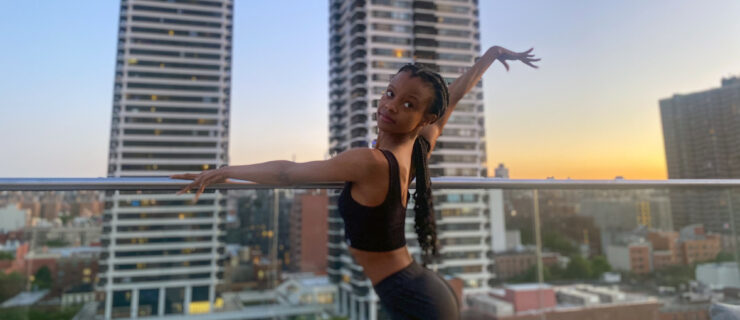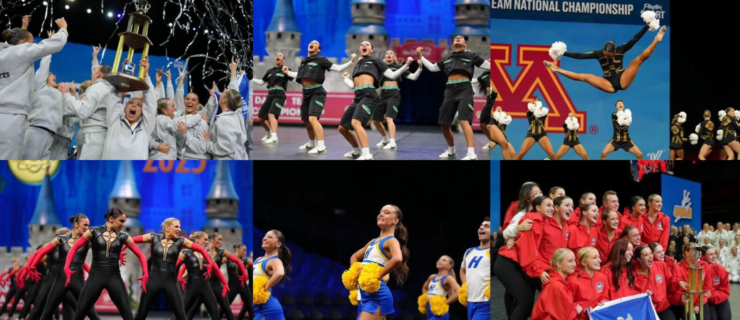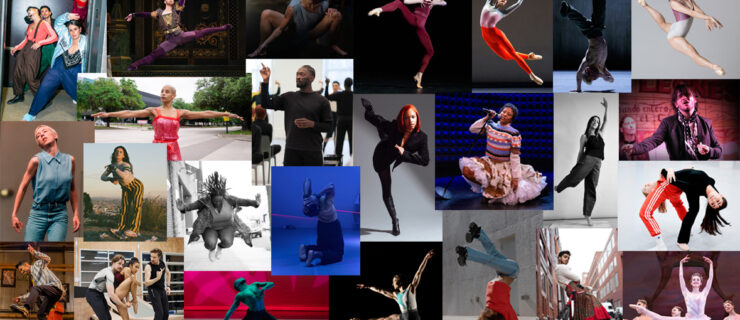The Life of a Dance Photographer
Like many dancers, Kristie Kahns covered her bedroom walls with dance photos snipped from magazines and newspapers when she was a child. Now, she’s the one producing such images.
Dance and Camera
: Kahns, who studied ballet, jazz, tap and lyrical in her native Grand Rapids, MI, discovered her passion for photography in an introductory course at the local Kendall College of Art & Design. At 17, she moved to Chicago to pursue a photography degree at Columbia College of Chicago and also studied dance at Lou Conte Dance Studio and the Ruth Page School.
Good Gigs:
Since graduating in 2002, Kahns has made a living as a freelance dance photographer, running photo shoots for promo materials, snapping candids of rehearsals and performances, and photographing performances of such companies as Luna Negra Dance Theater, Chicago Human Rhythm Project, Chicago Dance Crash and Deeply Rooted Dance Theater.
Education:
BA in photography. “Not all professionals study photography in college, but I feel [it] gave me an invaluable foundation,” Kahns says. “I learned the importance of putting your thumbprint on everything you do, which pushed me to find ways to capture dance through my own eyes, rather than mimicking the work of other dance photographers.” Kahns recommends taking courses to learn about the language of the field, lighting and composition, and also apprenticing with pros in order to learn how to work with a creative team, direct subjects and the business side of the industry.
Salary and Schedule:
Hours range from all-day shoots to 2- to 3-hour drop-ins at rehearsals or performances, plus time to see shows to stay in tune with the scene and to meet potential clients. One roadblock is that new or small companies often don’t have budgets for photography. Kahns photographed fledgling company Instruments of Movement for only the cost of expenses, but it was worthwhile to help build her portfolio.
Tools of the Trade:
Camera, film or memory cards, light meter, Sharpie marker (for writing on film containers and Polaroids) and cable releases. Various lighting and grip equipment and backdrops, all of which can be rented. Kahns prefers film to digital, because she can alter images during the development process according to her own artistic exploration.
Skills Needed:
Persistence, adaptability, a knack for problem solving, attention to detail and knowledge of dance. “I like to watch a piece once through before shooting,” Kahns says. “If that isn’t possible, my dance knowledge helps me read what is happening onstage and anticipate when to shoot.”



